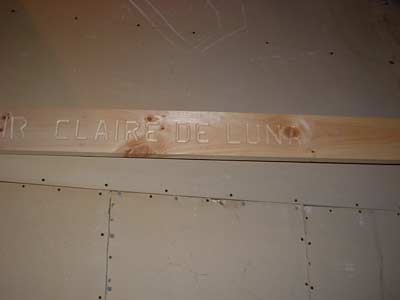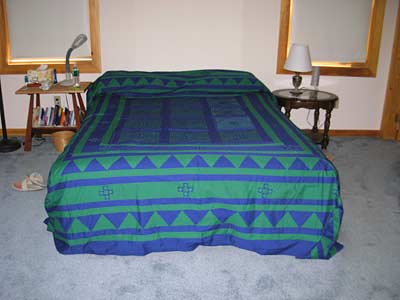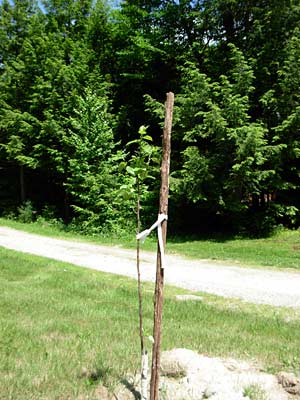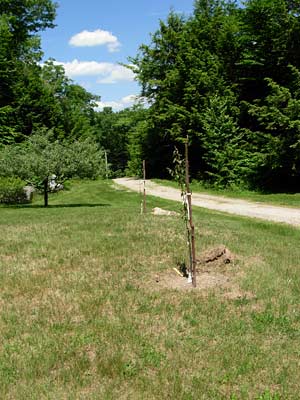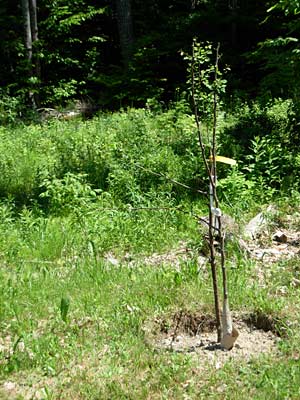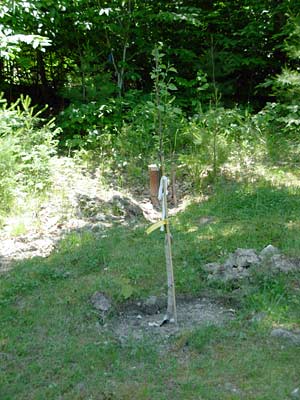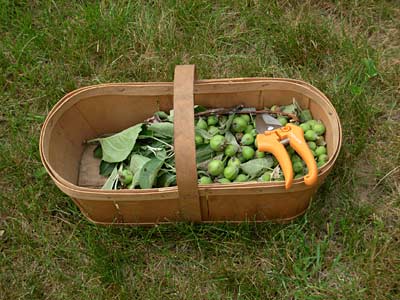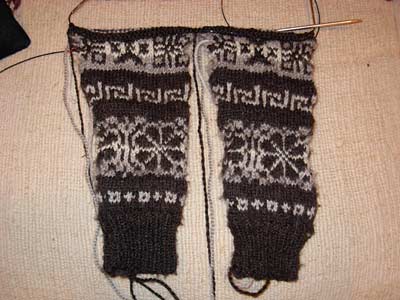Last year about the 15th of June we went out on the deck in Casco around midnight and saw six luna moths. Last Friday as soon as we got to Casco we turned on the deck light to see if we could attract some. When I went outside a little later I thought I saw one flying through the yard, but wasn’t sure. A little later there was a lot of action! In fact, I got swatted a couple of times by moth wings. They’re certainly not so massive that it hurts, but you do notice. The moths were making a lot of noise hitting the house with their wings, and taking quite a while to settle on the house.
I don’t think I got such good pictures as I had last year. Maybe it’s a question of not really knowing how to use the new camera. Here they are, though.
This one shows how translucent the wings are:
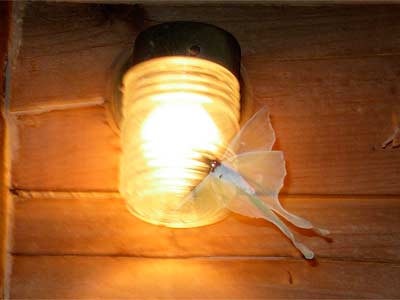
In the next picture you can see that the wings don’t necessarily last very long. We were a little surprised that the moth on the lower right was able to fly.
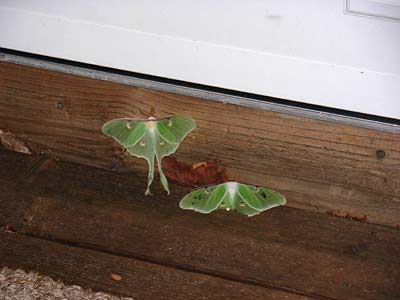
This one is taken from indoors, of a moth on the screen window on the other side of the house. You’re looking at the underside of a luna moth.
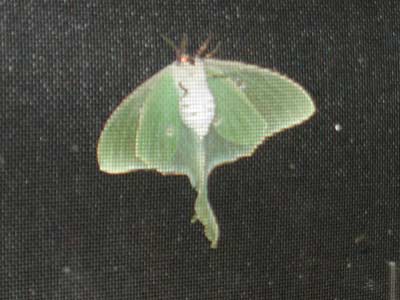
After seeing all the moths last year, Arlene decided that the name of our house (a friend who has a second home in western Massachusetts, who always refers to that place as “Crow Moon”, felt very strongly that we had to have a name for it) was going to be “Claire de Luna”. That sort of gets loons in there as well as the luna moths. I got a lettering template kit for my router so I can carve signs, maybe trail signs eventually as well as a name for the house and whatever else seems appropriate. On my third try I was satisfied with the results:
